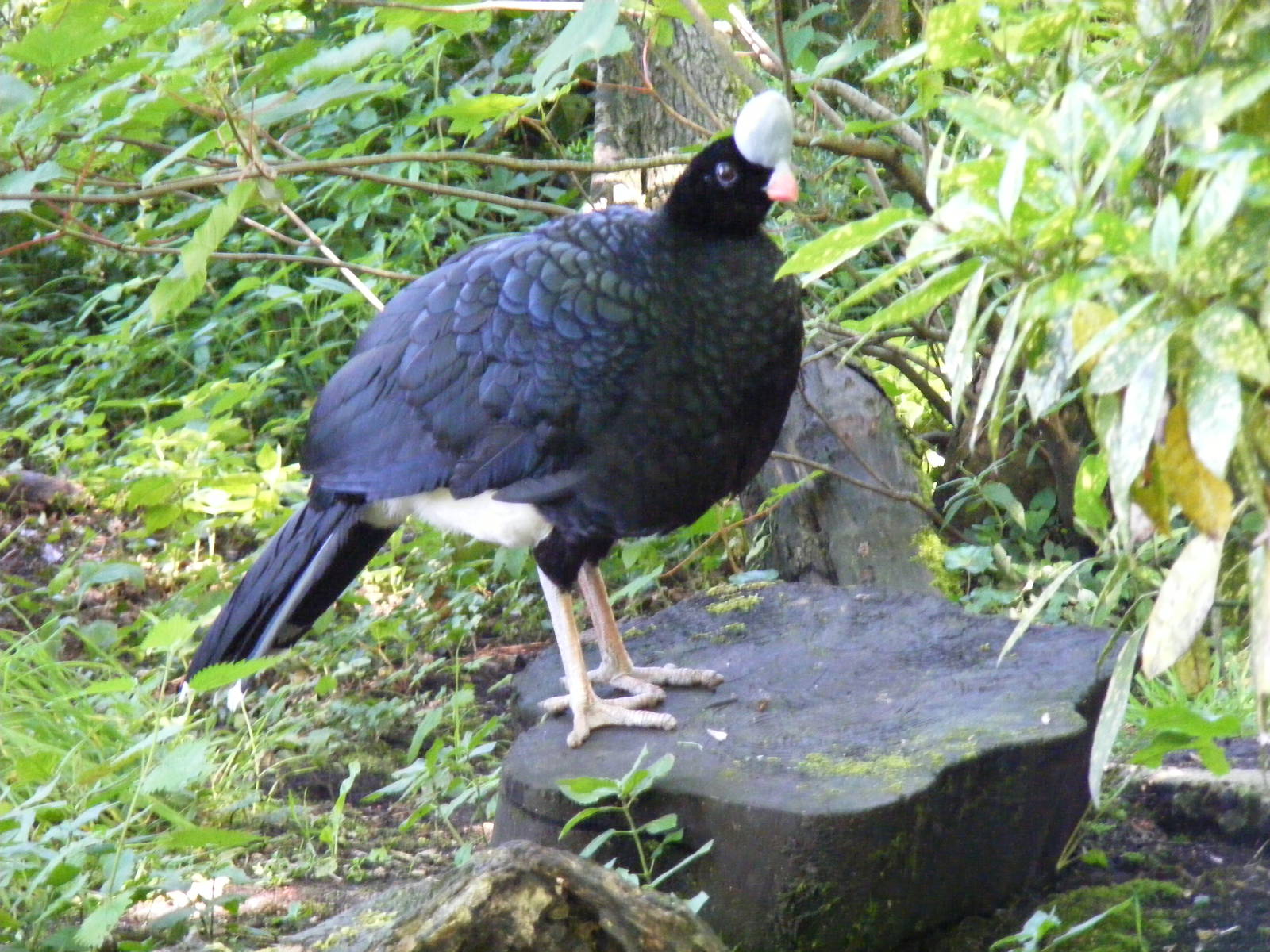
Pauxi pauxi
SUBFAMILY
Cracinae
TAXONOMY
Crax pauxi Linnaeus, 1766, Mexico, error = Venezuela. Two
subspecies.
OTHER COMMON NAMES
English: Helmeted curassow; French: Hocco б pierre; German:
Helmhokko; Spanish: Paujн de Piedras, Paujн de Yelmo.
PHYSICAL CHARACTERISTICS
Helmeted curassows are characterized by a bony outgrowth on
the forehead. This species has a unique ornamentation, a large
globose bluish grey knob above the bill. Length is 33.5–36 in
(85–92 cm). Males weigh 7.7–8.3 lb (3.5–3.75 kg); females
weigh 5.8 lb (2.65 kg).
DISTRIBUTION
This species is found in northern Venezuela and northeastern
Colombia.
HABITAT
Found in dense, cool montane cloud forest above 1,650 ft (500 m).
BEHAVIOR
The call of the helmeted curassow is a prolonged, low-pitched
grunting or groaning which sounds like “mm-mm-mm-mm.”
The cock produces it by breathing out with a closed beak.
FEEDING ECOLOGY AND DIET
Generally fallen fruits and seeds; also leaves, grasses, and buds.
Forages on the ground singly, in pairs, or in family groups.
REPRODUCTIVE BIOLOGY
Nests are often built in trees 13–20 ft (4–6 m) off the ground.
The nest itself is typically rudimentary, made of twigs and
lined with leaves. The eggs are among the largest of any
cracid, 3.3–3.7 in (8.5–9.5 cm) long and 2.4–2.5 in (6–6.5 cm)
wide. The clutch size is typically two eggs with incubation lasting
approximately 34 days. The hen leaves her eggs once a day,
usually between eight and ten in the morning, and she stays off
them from one to 2.5 hours. If it rains the whole day, she may
omit this “outing.”
CONSERVATION STATUS
Vulnerable. The northern helmeted curassow is endemic to a
small region of northern South America, and is threatened with
HABITAT
destruction and overhunting. The montane forest this
species is restricted to is being converted into cattle grazing
ranchland at higher altitudes, and narcotics plantations at lower
altitudes. Its geographic range is estimated at 13,900 mi2 (36,000
km2). Its numbers are estimated at fewer than 10,000, with populations
declining. It does however occur in a number of Venezuelan
reserves, as well as the Cocuy National Park in Colombia.
SIGNIFICANCE TO HUMANS
This species is often hunted for food, unsustainably in many
situations.
Other popular Animals
Photo Gallery of - Northern helmeted curassow
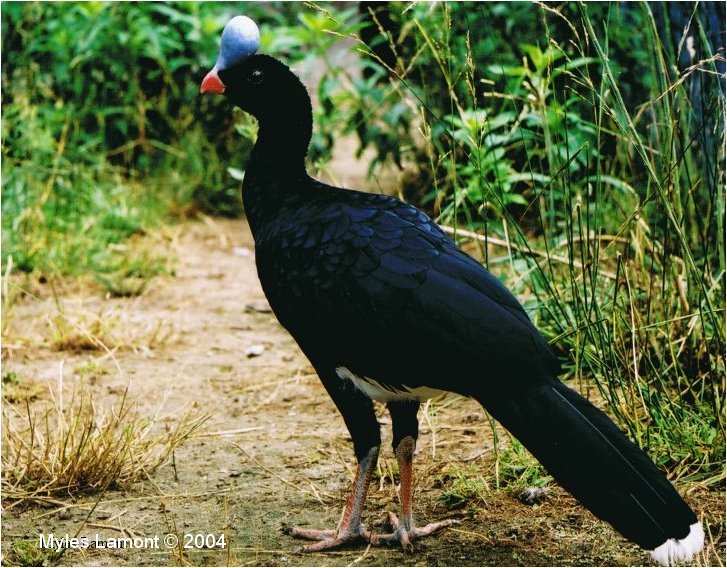
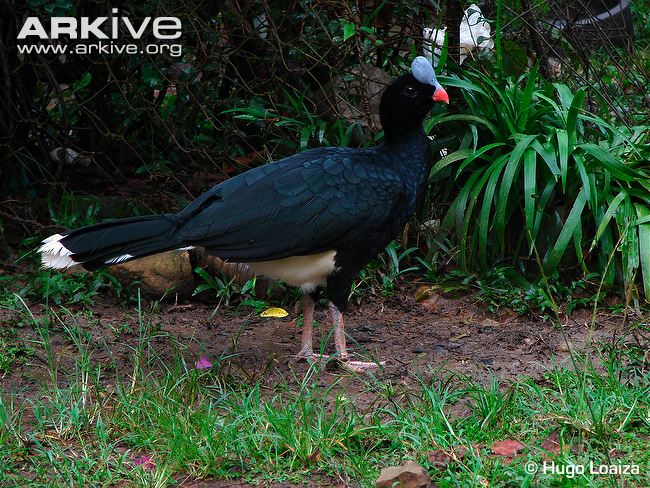
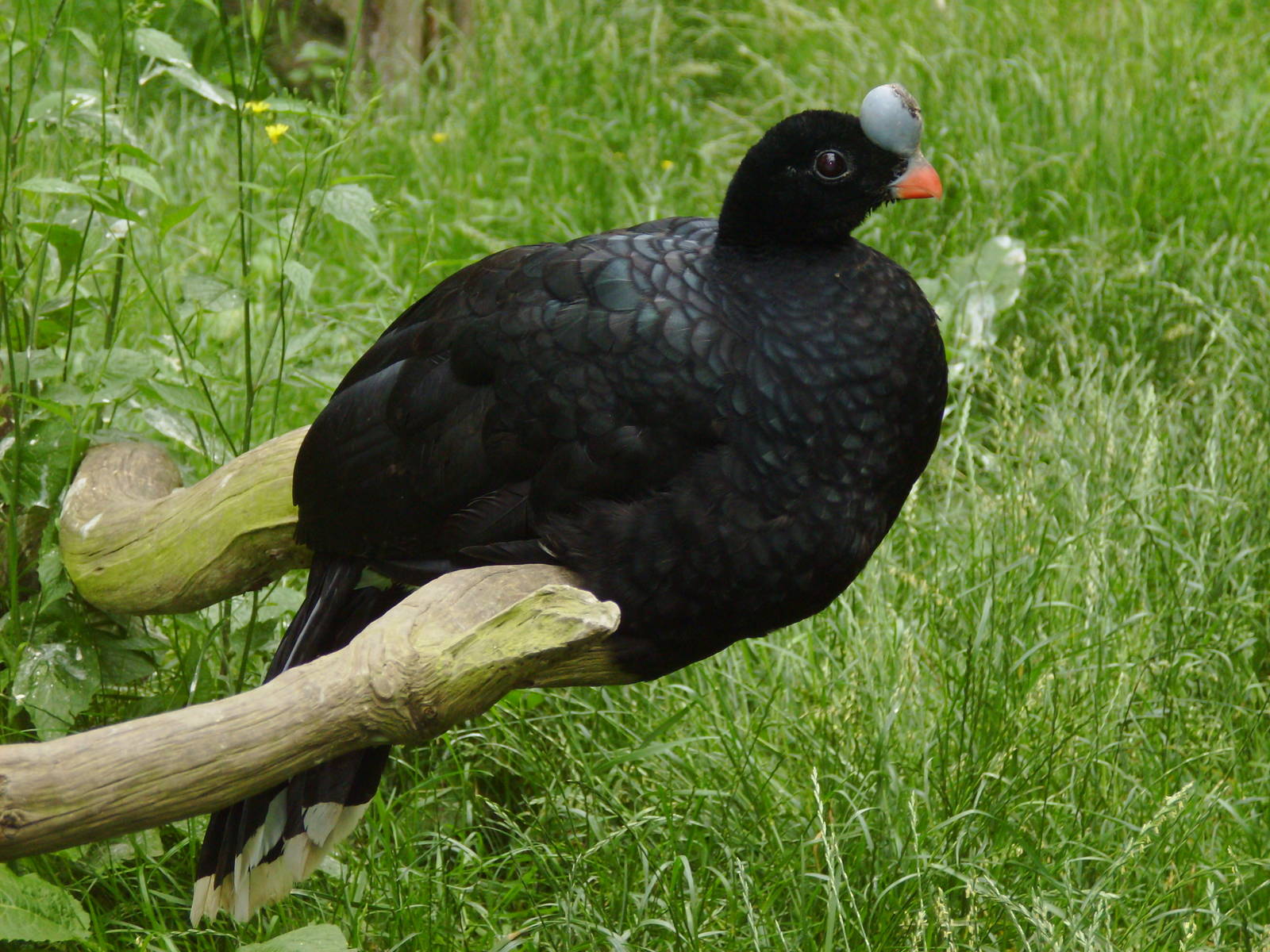
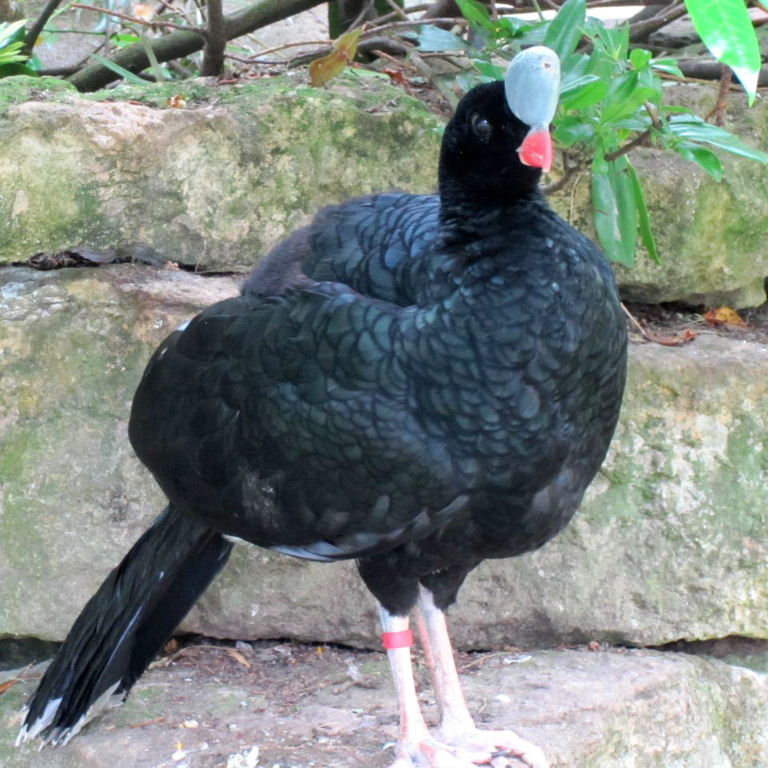
 Animalia Life
Animalia Life